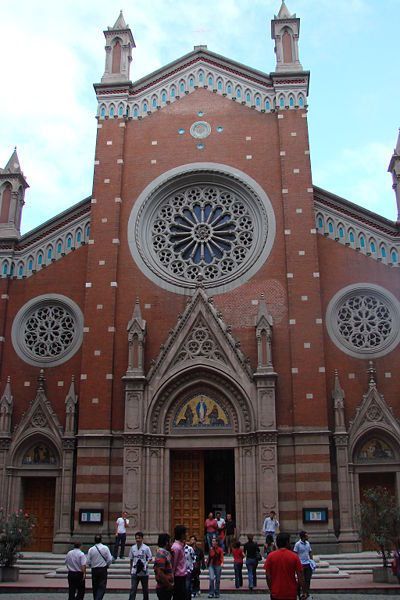
According to Wikipedia, a ‘passacaglia’ is ‘a musical form that originated in early 17th-century Spain and is still used today by composers. It is usually of a serious character and is typically based on a bass-ostinato and written in triple metre… It originated… as a strummed interlude between instrumentally accompanied dances or songs.’
Trio Passacaglia’s programme – an extremely interesting one – consists of the Passacaglia della Vita by an anonymous Italian composer of the 17th century (in an arrangement by Marcell Dargay; the Alleluia Nativitas by Perotinus Magnus, aka Pérotin (1160-1230); Passacaglia della Morte – Interlude 1, Passacaille macabre, Quodlibet and Ritual by Péter Tornyai (1987-); Cosi mi disprezzate by Girolamo Frescobaldi (1583-1643) in an arrangement by Marcell Dargay; Ricercar 5 in C by Domenico Gabrielli (1659-90); Vita de l’alma mia and Corse a la Morte by Claudio Monteverdi (1567-1643); Passacaglia della Morte – Interlude 2, Contrapunctus, Passacaille della Vita and ‘…Mikoraz kiz Öldül…’ by Péter Tornyai, Dido’s Lament by Henry Purcell (c.1659-95); Passacaglia della morte – Interlude 3 and Passacaglia der Verlassenen by Péter Tornyai; O Virtus Sapientiae (from the Dendermonde Codex) by the German Benedictine Abbess Hildegard of Bingen (c.1098-1179); Passacaglia della Vita by an anonymous Italian composer of the 17th century (in an arrangement by Marcell Dargay); and Passacaglia della Vita & Passacaglia della Morte.
Writing about La Passacaglia della Vita (‘The Passacaglia of Life’) by an anonymous Italian composer of the early 17th century, Marco Beasley gives us the following information on his website:
[The passacaglia genre] … is a fascinating one. Simple and direct, [it] strikes at the heart of the listener with its repetitive and precise melody, like the mechanism of a clock. The texts are a simple memento mori, presented with grace, a danse macabre entirely without darkness, inviting us to reflect deeply upon our existence.
On the subject of Pérotin’s Alleluia Nativitas, meanwhile, the Encyclopedia Britannica website tells us that ‘the voices are in different rhythmic modes, and they are also distinguished by different phrase lengths, consisting of more or fewer repetitions of the rhythmic pattern.’
This concert sounds like an absolutely fascinating one!

 Issue 66, December 2023
Turkey’s Centenary Issue
Issue 66, December 2023
Turkey’s Centenary Issue